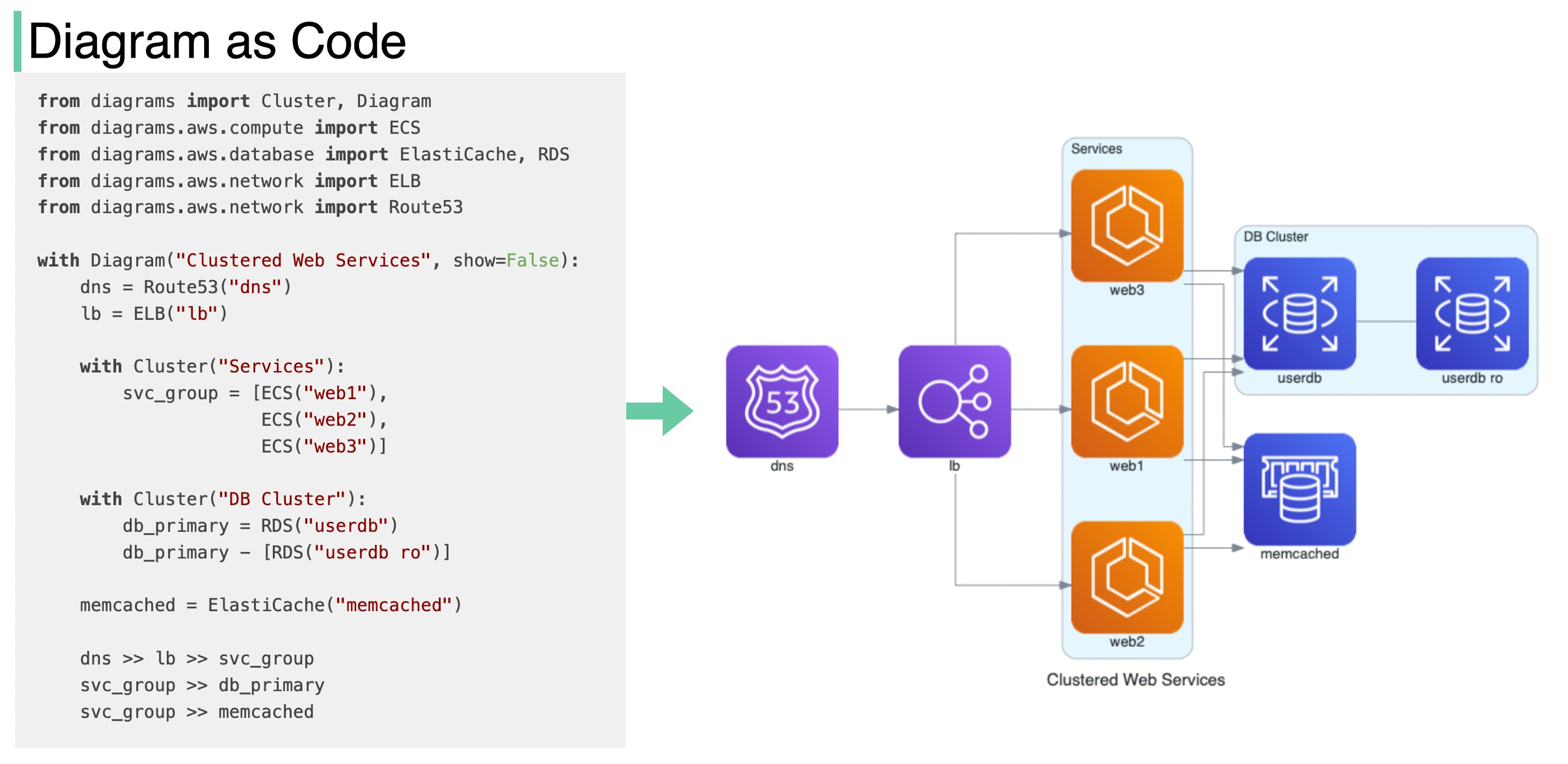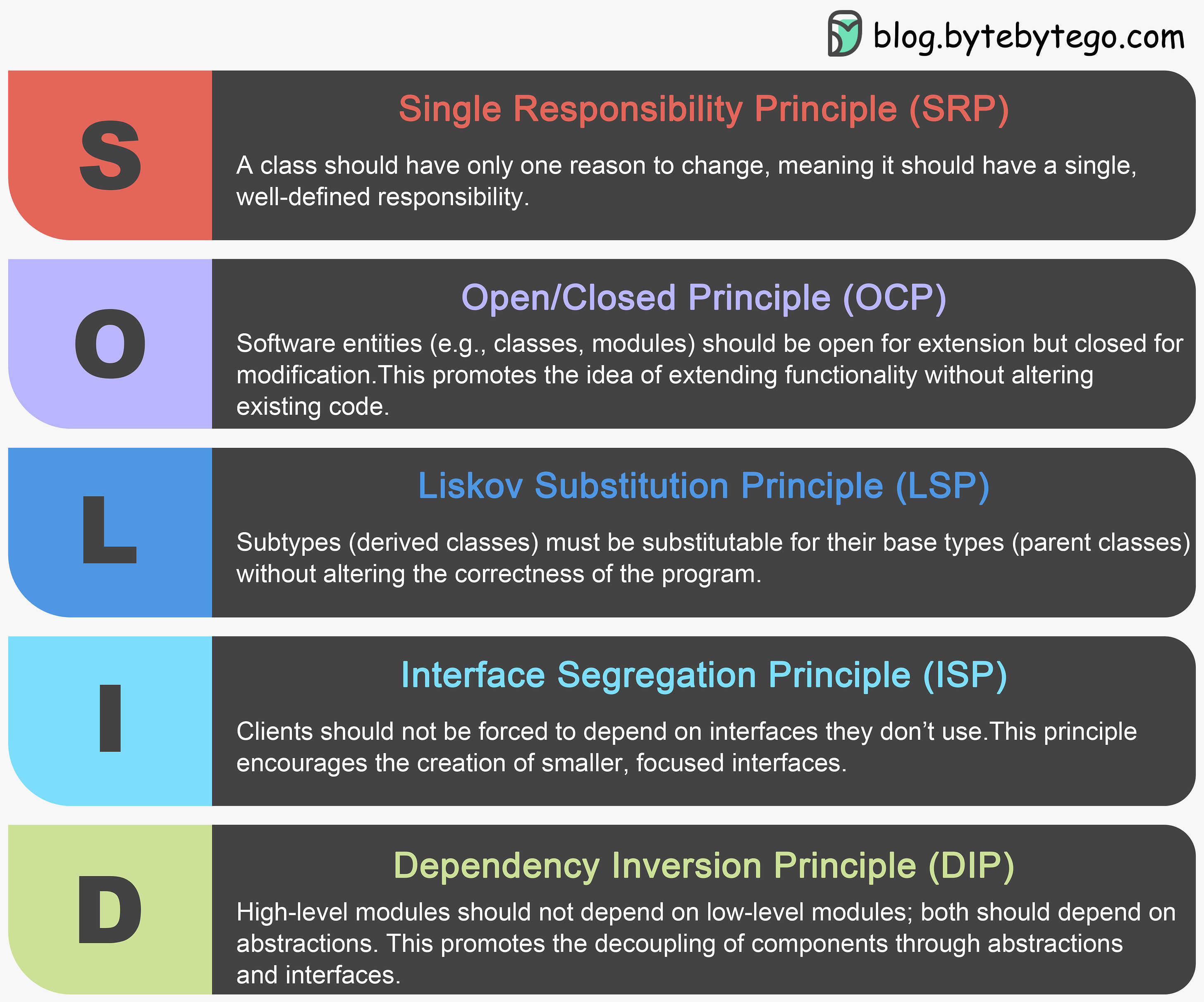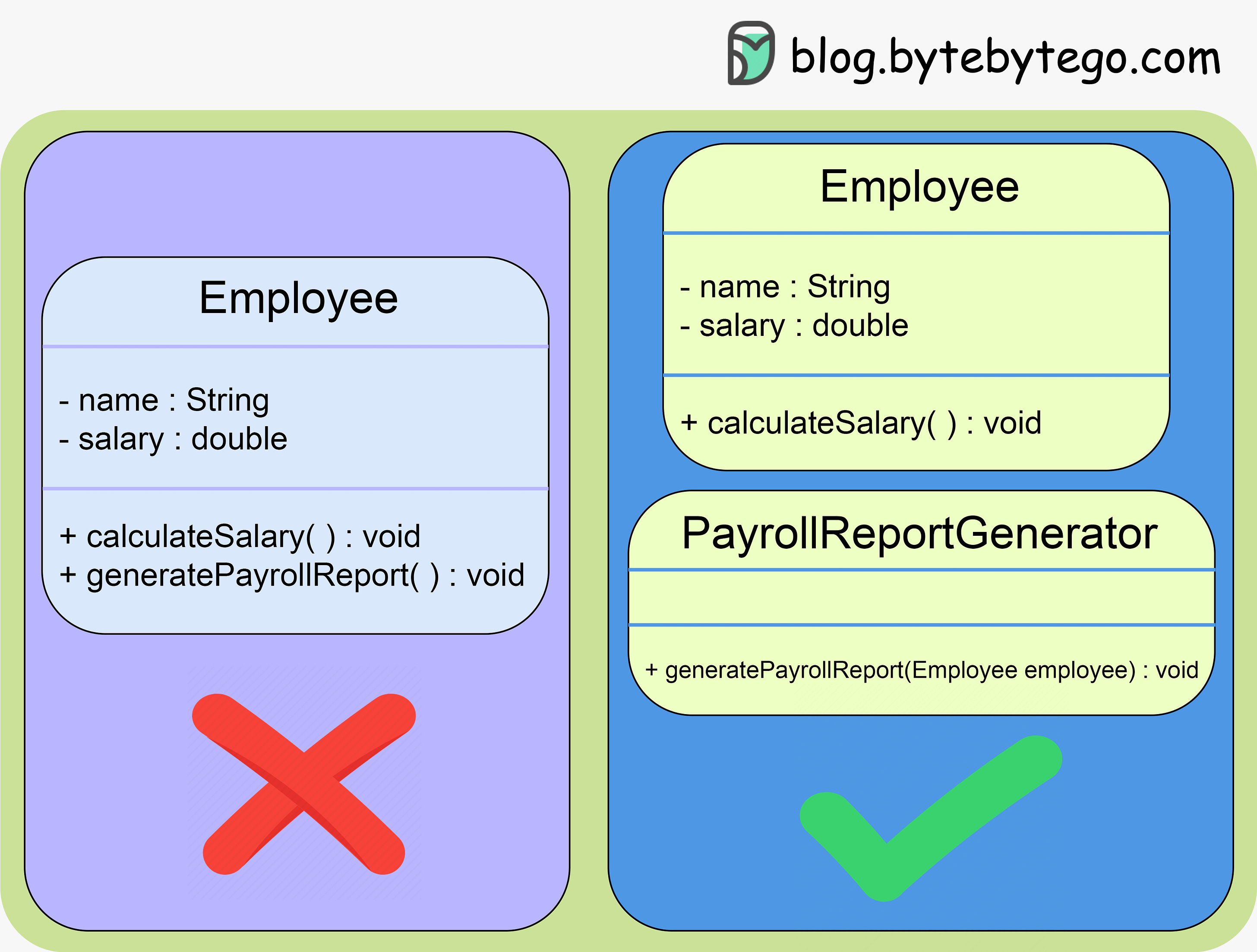- Mailing Lists
- in
- Mastering Design Principles - SOLID
Archives
- By thread 5362
-
By date
- June 2021 10
- July 2021 6
- August 2021 20
- September 2021 21
- October 2021 48
- November 2021 40
- December 2021 23
- January 2022 46
- February 2022 80
- March 2022 109
- April 2022 100
- May 2022 97
- June 2022 105
- July 2022 82
- August 2022 95
- September 2022 103
- October 2022 117
- November 2022 115
- December 2022 102
- January 2023 88
- February 2023 90
- March 2023 116
- April 2023 97
- May 2023 159
- June 2023 145
- July 2023 120
- August 2023 90
- September 2023 102
- October 2023 106
- November 2023 100
- December 2023 74
- January 2024 75
- February 2024 75
- March 2024 78
- April 2024 74
- May 2024 108
- June 2024 98
- July 2024 116
- August 2024 134
- September 2024 130
- October 2024 141
- November 2024 171
- December 2024 115
- January 2025 216
- February 2025 140
- March 2025 220
- April 2025 233
- May 2025 239
- June 2025 303
- July 2025 175
A new issue of the McKinsey Quarterly is here
🎉 Today is our 5th birthday - Discover the incredible growth story of Remote
Mastering Design Principles - SOLID
Mastering Design Principles - SOLID
Latest articlesIf you’re not a subscriber, here’s what you missed this month. To receive all the full articles and support ByteByteGo, consider subscribing: In the fast-paced world of software development, writing robust, maintainable, and scalable code is critically important. One way to achieve this is by following a set of fundamental design principles known as the SOLID principles. These principles provide a clear framework for crafting software that is easy to understand, extend, and maintain. In this newsletter, we will explore the SOLID principles, examining each component in detail. We will review practical implementation guidance and best practices for applying them. Now, let's begin our exploration with a brief overview of the SOLID principles first. A Brief OverviewThe SOLID principles are a set of five fundamental design principles that were introduced by Robert C. Martin to guide software developers in creating maintainable, scalable, and flexible software systems. These principles, when followed, contribute to the development of software that is easier to understand, modify, and extend over time. The SOLID acronym stands for: Importance of Design Principles in Software DevelopmentDesign principles, such as the SOLID principles, play a pivotal role in the software development process for several reasons:
Now, let's deep dive into each component of the SOLID principles. Single Responsibility Principle (SRP)The “S” in the SOLID principles stands for the Single Responsibility Principle (SRP), which states that a class should have only one reason to change or, in other words, it should have a single, well-defined responsibility or job within a software system. Illustrating a Violation of SRPLet's take a look at a Java code example below that clearly violates the Single Responsibility Principle (SRP) principle: In the above example, the Employee class has two responsibilities: calculating an employee's salary and generating a payroll report. This violates the SRP because it has more than one reason to change. Fixing the Violation (SRP)To address the violation of the Single Responsibility Principle (SRP) in our previous example, let's refactor the code to separate concerns and ensure that each class has a single, well-defined responsibility. We'll create distinct classes for calculating an employee's salary and generating a payroll report: In the refactored solution, the responsibilities of calculating the salary and generating a payroll report have been separated into two distinct classes (Employee and PayrollReportGenerator), each with a single responsibility. This adheres to the SRP. Let’s take a look at the visual representation of the classes and implementation of the single responsibility principle (SRP). Keep reading with a 7-day free trialSubscribe to ByteByteGo Newsletter to keep reading this post and get 7 days of free access to the full post archives. A subscription gets you:
© 2024 ByteByteGo |
by "ByteByteGo" <bytebytego@substack.com> - 11:37 - 25 Jan 2024


